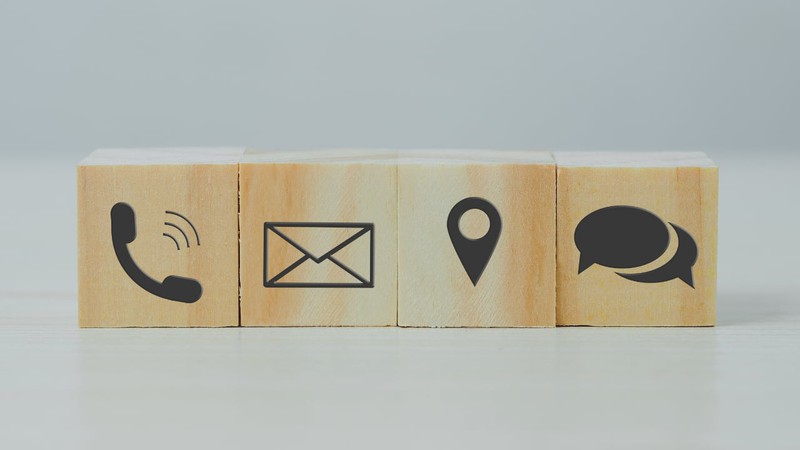Some advice on how, when and why to connect with your elected representatives.

Your elected representatives want to hear from you. khunkornStudio Shutterstock/Standard
One way to think about your elected representatives is that they are customer service managers for the government.
And like any customer service transaction, when you contact your elected representative, it will generally be to either ask for assistance or to register feedback.
Asking for Assistance
As is the case when working with other service providers, sometimes citizens encounter obstacles or opportunities when working with their government.
In both cases, you want to work first with the folks at the front counter to take care of your specific needs. If things seem to get stuck, that’s when you escalate to your elected representative.
When contacting your representative to ask for help, as in any other customer service transaction, you’ll want to follow these steps:
In some cases, you’ll be talking with a staff person working for the representative, and that’s OK because part of their job is helping constituents work with the bureaucracy and mechanisms of government, which can often be obtuse or mysterious to us civilians.
Be polite and professional, and remember to thank the staff person or rep for their time and efforts on your behalf.
Registering Feedback
Your elected leaders are representing your interests, literally. Let them know where you stand on issues and how well (or not) you think they’re doing their job.
When contacting representatives with feedback, you’ll want to follow steps similar to those recommended for filing a request:
It’s good to narrow your feedback to a single, specific issue.
An example might be:
Dear [Representative],
My name is [Your Name] and I’m reaching out to register my concerns about [ Project ] under consideration at [Location].
While I am generally in favor of [Project] and have reviewed the information about the project, I am still concerned about [Concern] and want [Representative] to do [A Specific Something]
Thank you for taking the time to consider my input,
[Your Name]
Or, you might contact them about an item on the agenda of an upcoming meeting:
Dear [Representative],
My name is [Your Name] and I’m reaching out to register share my thought about [agenda item]
…[short summary of what your position is and why]...
Thank you for taking the time to consider my input,
[Your Name]
You can (and should) also contact them following a vote or other action on their part, to let them know what you think:
Hello,
My name is [Your Name] and I’m reaching out to thank you for your vote about [Item].
I am in favor of [Item] and really appreciate your continued support for [Issue].
Sincerely,
[Your Name]
Attend Public Meetings
An important way to provide feedback to your elected and appointed representatives is to attend public meetings. California “sunshine laws” require that discussion, debate and votes be conducted in open public meetings.
An important reason to attend public meetings is the power of “showing up” as a demonstration of the level of public interest in a topic to reps, their staff, and to other members, of the community.
Public meetings, especially meetings of appointed boards or commissions, are also good places to ask questions,. As an example, building development projects often go through planning or transportation commission meetings, and the appointed officials and staff are available to answer questions or note concerns.
The Public Record
When you contact your elected representative or speak up in public meetings, your communication becomes part of the public record.
Public meetings are usually recorded as a matter of course.
Your calls to your representative may be recorded to voicemail and later summarized and logged by a staff person, or if answered by a person, it will most likely be logged and summarized by a staff member. Longer conversations might be logged in an office diary.
All written communications are saved and preserved, and are probably the best way of getting your input delivered, unfiltered and in your voice.
Meeting Your Elected Representative
Most elected representatives make themselves and their staff available for meeting in person. They keep open office hours in their districts, and state and federal representatives are also available for meetings in their Sacramento and Washington, D.C., offices, on occasion.
Meeting a representative or their staff in person offers an opportunity to have a broader or deeper discussion than a “keep it to one item” phone call or written communication, and can be worth the time, if only because you can get to know the other person better on a more human level.
Like any other professional meeting, be sure to make an appointment.
Make Reaching Out a Habit
A common observation from elected officials is that they usually hear from a small number of the same people—the “usual suspects.”
Part of holding our representatives to account after the election is staying informed about the health and functioning of the community and working with elected representatives on an ongoing basis to make things better.
In a healthy democracy, the “usual suspects” should include everybody.
About the author:
Chris Neklason is co-founder, with his wife Peggy Dolgenos, of Cruzio Internet, a local Internet service provider in Santa Cruz, California, and co-founder of California Local.
As a local business owner he’s spent hours getting to know and work with many elected representatives and staff members.
“We were recently in Washington, D.C., to visit family, and my wife Peggy baked cookies to take to the office of our member of Congress, Jimmy Panetta, when she visited to discuss a project we needed assistance with. The cookies were a hit and greatly appreciated.”
Long form articles which explain how something works, or provide context or background information about a current issue or topic.